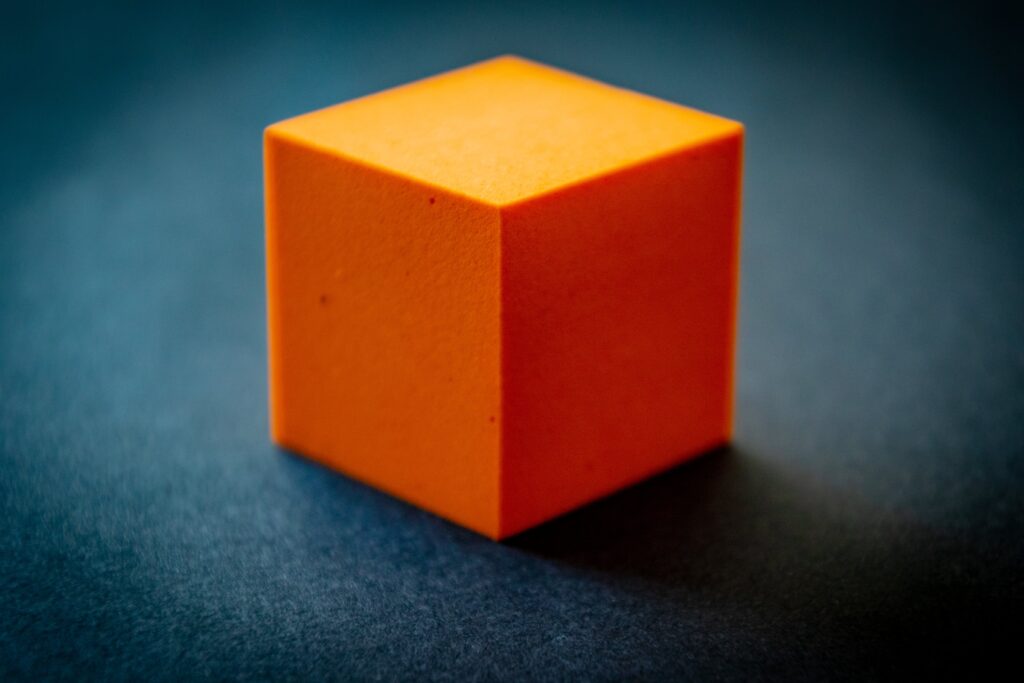Foam materials play a crucial role in a myriad of manufacturing applications, offering solutions that range from cushioning and insulation to vibration dampening and sealing. Among the diverse foam categories, low density and medium density foams stand out for their distinct properties and applications. Understanding the differences between these two types of foams can help manufacturers choose the right material for specific applications.
What are Low Density Foams?
Low density foams are used where low force to compress is required, conforming to irregular gaps that can vary in applications. These foams are typically used with thin gauge materials to prevent over-flexing of the substrate. Low density foams absorb shock, cushion, deaden sound and can eliminate excess vibrations.
Applications of Low Density Foams
- Automotive Interiors: In the automotive industry, low density foams are used in lock assemblies, around lights, interior mirrors and doors, and hvac system to name a few.
- Packaging Materials: They are also widely used in packaging, especially for fragile or sensitive items. Their ability to absorb shock and vibration protects products during transportation.
- Consumer Electronics: In electronics, these foams are used for cushioning components inside devices, providing protection against impacts and aiding in heat insulation. They also help seal out external environments.
Low Density Foam Product Examples
- SO500: specifically formulated, super soft, semi-open cell Polyvinyl Chloride foam
- LC700: low compression product is specially formulated, soft, closed-cell Polyvinyl Chloride foam
- V800: light density closed-cell Polyvinyl Chloride foam
What are Medium Density Foams?
Medium density foams have some of the same characteristics of the low density but for heavier load applications. They have a more durable skin than low density foams, which gives them a firmer feel and makes them more resilient to pressure and wear. These foams perform in “tough duty” applications where the tape must still flex to fit and seal.
Applications of Medium Density Foams
- Manufacturing: Medium density foams can be found in numerous applications that require a more durable skin than the low-density foam. “Swirl free” foam that won’t move, twist or displace when penetrated by a mechanical fastener.
- Automotive Components: In the automotive sector, these foams are used for components that require more rigidly, sealing out external environments. Materials formulated to meet specific automotive specifications.
- Sports Equipment: For sports and recreational equipment like mats and protective gear, medium density foam offers a blend of comfort and protection.
Medium Density Foam Examples
- V1100: medium density closed-cell Polyvinyl Chloride foam
- V1500: medium density closed-cell Polyvinyl Chloride foam that offers an excellent combination of flexibility and conformability with strength and wear resistance
- V1520: medium density closed-cell Polyvinyl Chloride foam coated both sides with an aggressive, pressure sensitive adhesive
Choosing the Right Foam
When selecting between low density and medium density foams, manufacturers should consider the specific requirements of their application. Low density foam is an excellent option for applications needing lower force to compress and flexibility, while medium density foam is preferable for scenarios where both cushioning and dimensional stability are essential.
Both low density and medium density foams have their unique places in the manufacturing world. By understanding their distinct properties, manufacturers can effectively choose the right foam to enhance the functionality and quality of their products. This not only leads to better product performance but also to enhanced user satisfaction and safety.
Gaska Tape Inc. is committed to quality and innovation in this sector. We invite you to explore our range of custom foam solutions. Visit our website to discover how Gaska Tape’s foam technologies can enhance your manufacturing process and discover the Gaska difference. Our trained sales people can assist you with offering solutions to your application issues or requirements.


